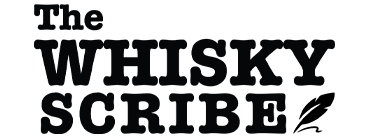The Highlands are Scotland’s largest whisky-producing region, stretching from just north of Glasgow to the country’s northernmost tip. With such a huge and varied landscape, the region produces an equally diverse range of whisky styles—from light and floral to bold and peated. In fact, the Highland Whisky Region is so large that it’s often divided into four distinct sub-regions, each with their own flavour profile.
In this article, we’ll explore the history of the Highland Whisky Region, the unique geographical influences that shape it, and the characteristics of each sub-region—along with recommendations for affordable whiskies that showcase the best of what the Highlands have to offer.
The Highlands: Location, History and Style
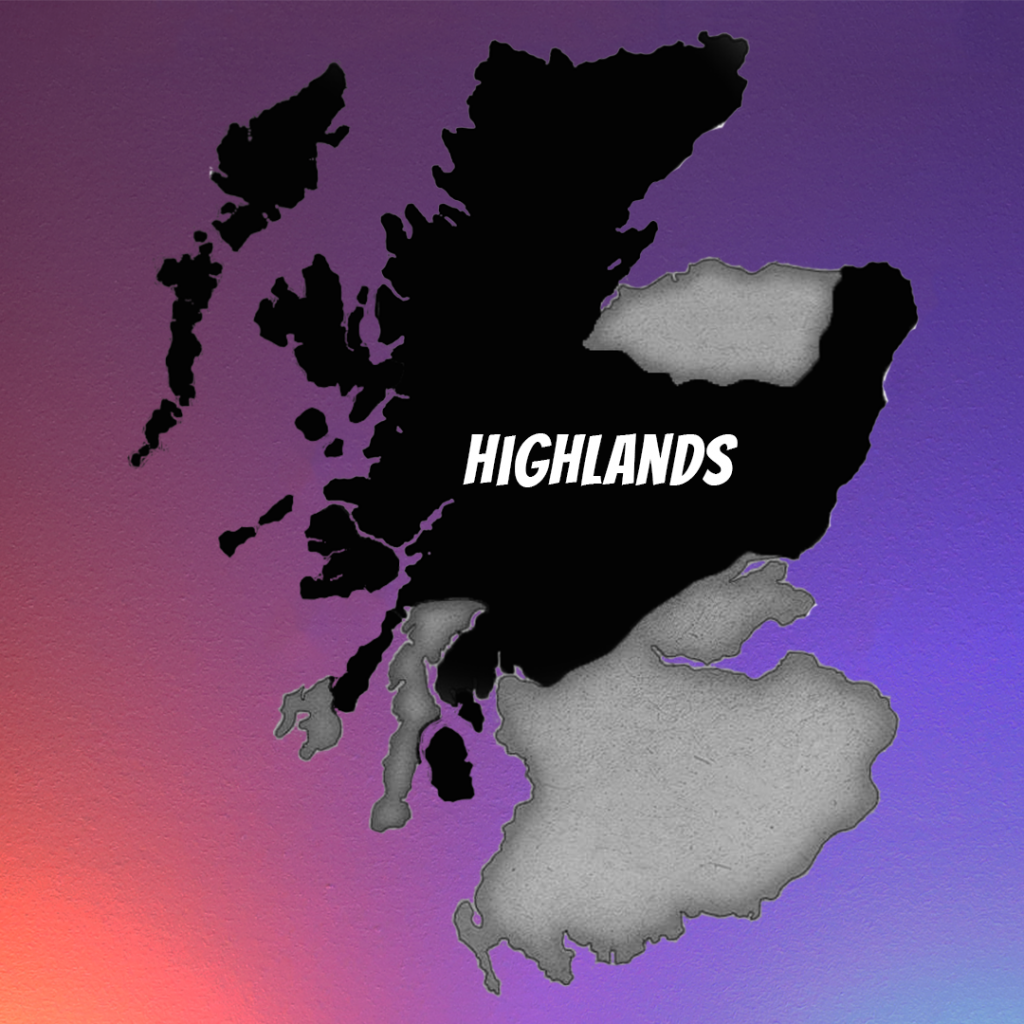
The Highlands encompass towering mountains, remote glens, dramatic coastlines, and sweeping plateaus. Historically, Highland distilleries worked with smaller stills compared to their Lowland counterparts. This was partly because there was less arable farmland to grow barley, so production was limited and done in smaller batches. The result was typically a richer, heavier whisky style.
Another major influence came in 1786 with the Distillers Act, which introduced strict licensing rules. In the Highlands, stills were limited to 40 gallons, distillers could only use locally grown barley, and the whisky could only be sold within the local district. Only two stills were permitted per parish. Enforcing these rules in such a remote region was nearly impossible, and illicit distilling thrived. Highland whisky developed a reputation for quality, and by the mid-19th century it was widely regarded as superior to most other whiskies on the market.
While these old restrictions no longer exist and most Highland distilleries now produce at scale, the region’s reputation for robust, characterful single malts has endured. However, given the vast area and range of microclimates, there’s no single “typical” Highland flavour profile. Instead, the region is often divided into four sub-regions—Northern, Central/Southern, Eastern, and Western Highlands.
Northern Highlands
Everything northwest of an imaginary line between Fort William and Inverness is considered the Northern Highlands. Much of this area is flat plateau surrounded by sea, with most distilleries located along the east coast. Notable names include Ardnamurchan, Clynelish, Dalmore, Glenmorangie, Old Pulteney, Royal Brackla, Tomatin, and Wolfburn.
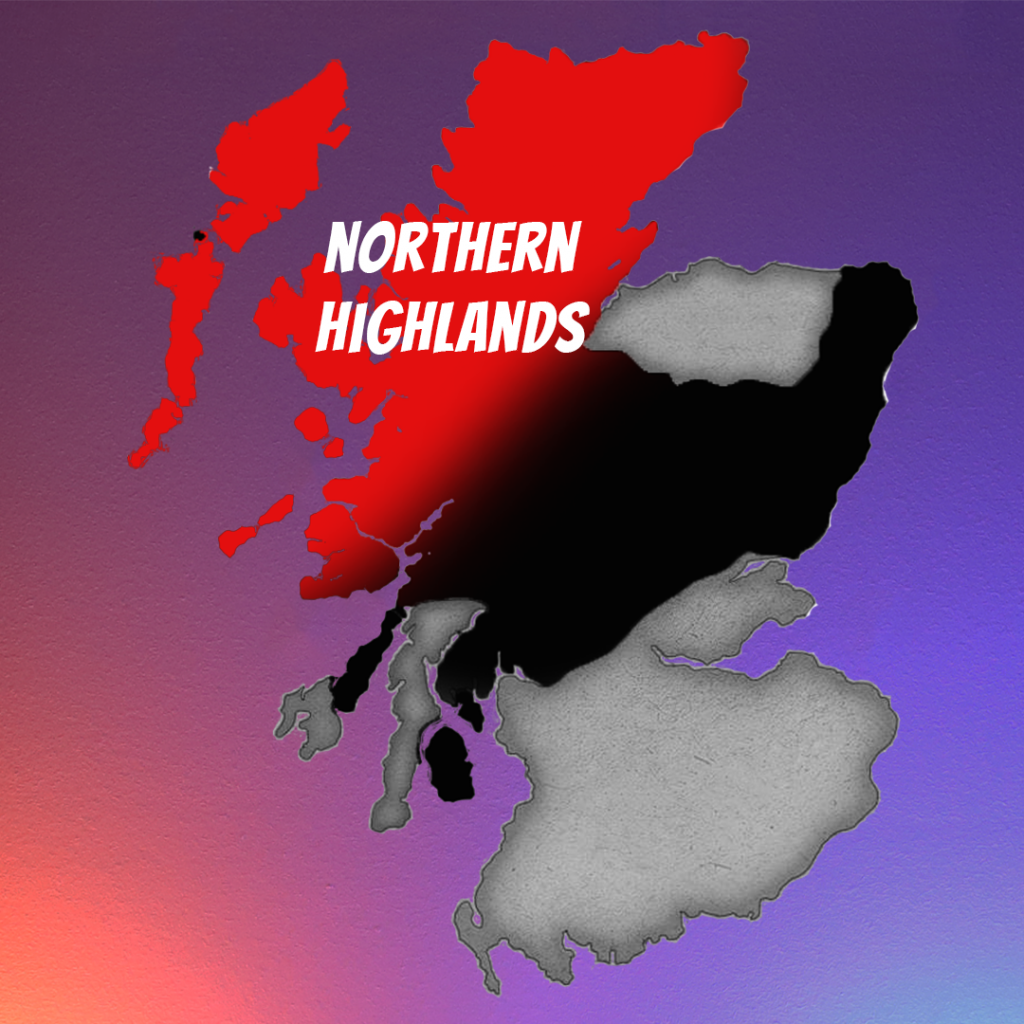
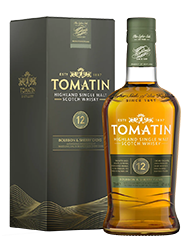
Typical Northern Highland whiskies are full-bodied and complex, with malty cereal aromas, fruit sweetness, heather, and spice. For this I’d recommend the Tomatin 12, aged in bourbon and sherry casks.
- Nose: Buttery with cooked apple, raisins, floral hints and chocolate.
- Palate: Oak, vanilla and mint with a touch of ginger and orange peel
- Finish: Barley and a hint of raspberry jam.
Central / Southern Highlands
The Central or Southern Highlands—sometimes called the Midlands—lie between Speyside, the Lowlands, and the eastern and western coastal areas. This area includes Perthshire and surrounding countryside, with distilleries such as Aberfeldy, Blair Athol, Dalwhinnie, Deanston, Edradour, Glengoyne, and Glenturret.
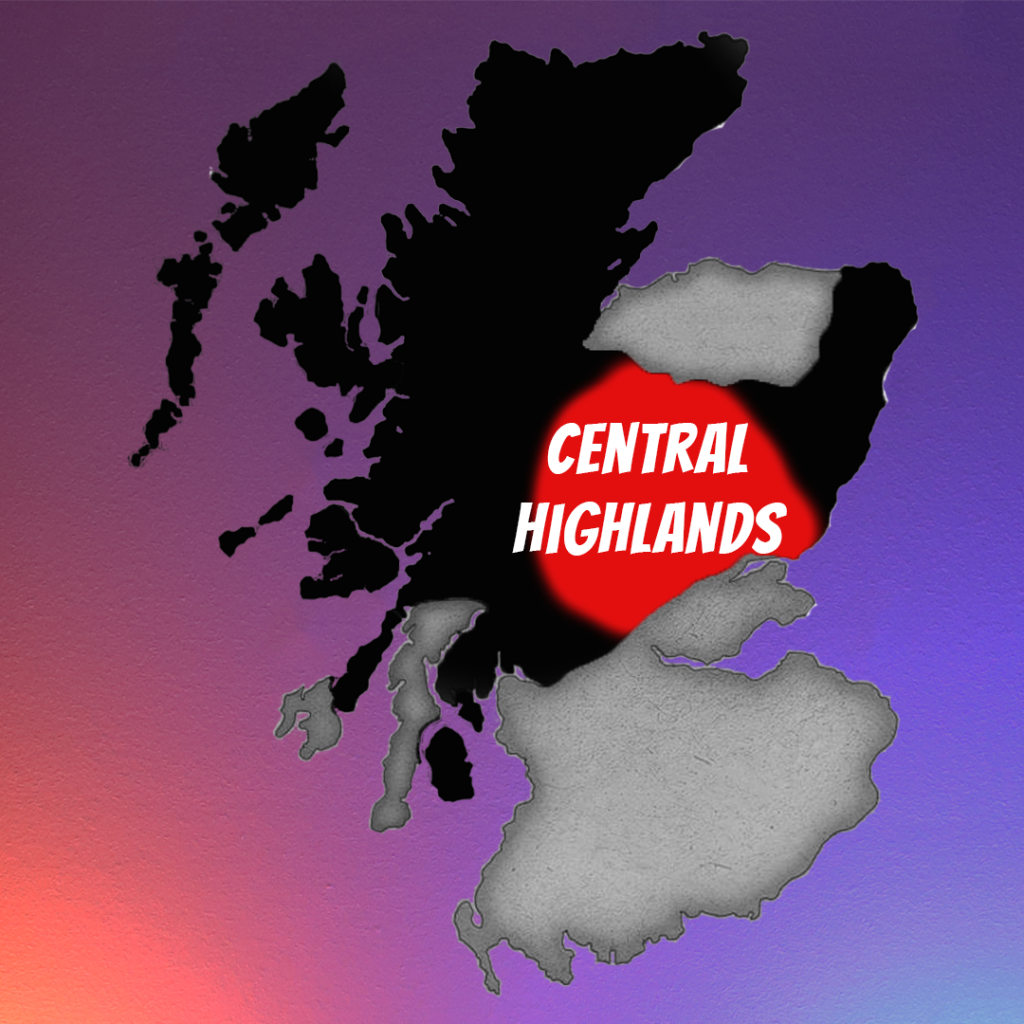
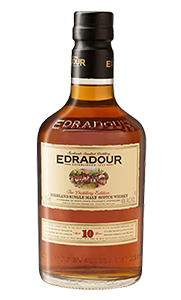
Geographically closer in climate to the Lowlands, these whiskies tend to be lighter and less robust than other Highland styles, often with honeyed sweetness, gentle fruit notes, and a drier finish. For this I’d recommend the Edradour 10 Year Old, aged entirely in Oloroso sherry casks.
- Nose: Dried fruits, sherry, almonds.
- Palate: Spicy Christmas cake, golden syrup, honeyed almonds.
- Finish: Oaky warmth with lingering soft spice.
Eastern Highlands
Bordering Speyside to the north and the Lowlands to the south, the Eastern Highlands are home to distilleries such as Fettercairn, Glencadam, GlenDronach, Glen Garioch, Glenglassaugh, Knockdhu (anCnoc), and Royal Lochnagar. These whiskies are often full-bodied, dry, and fruity with a distinctive sweetness that sometimes leads them to be mistaken for Speysides.
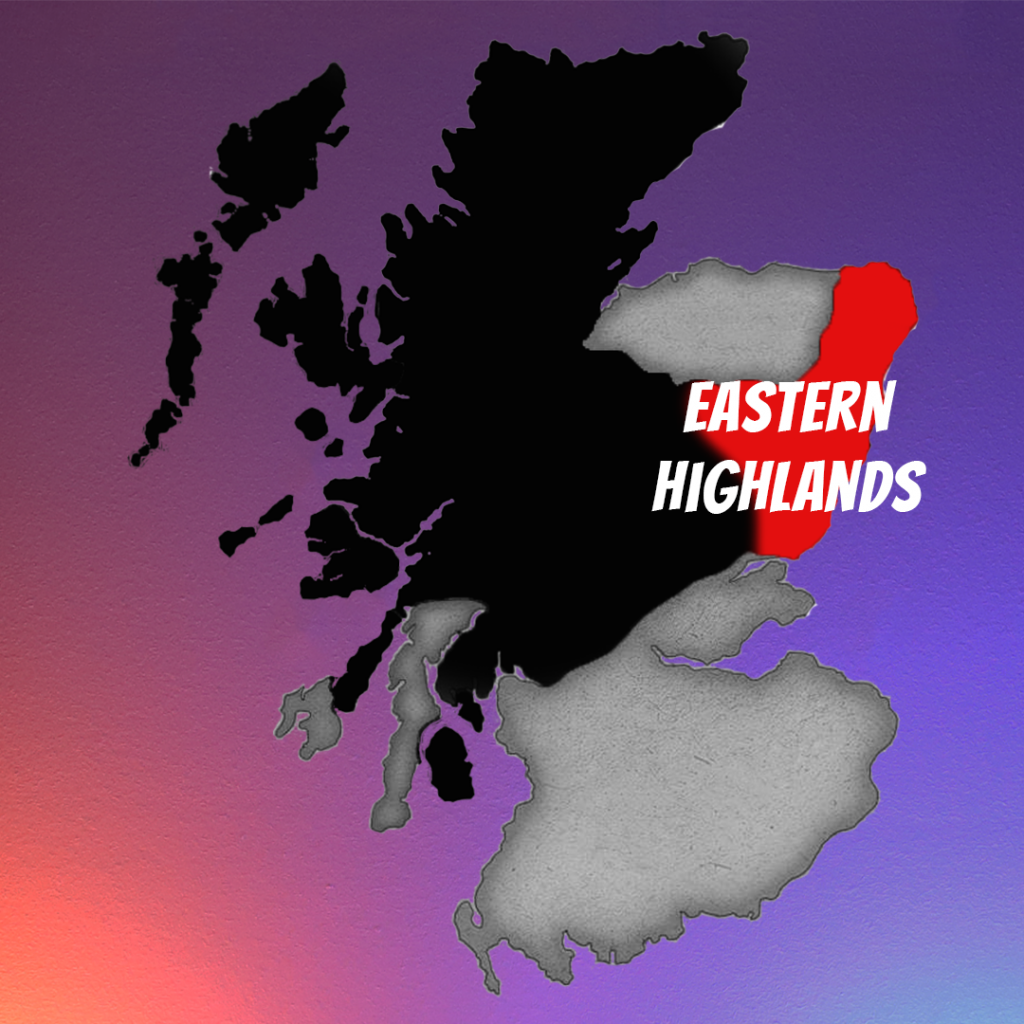
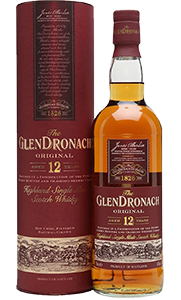
For the best example of these flavours I’d recommend The Glendronach 12 Year Old, aged in Pedro Ximénez and Oloroso sherry casks.
- Nose: Raisins, melon, dark sugar sweetness.
- Palate: Ginger, tobacco, melon, milk chocolate, orchard fruits, vanilla, almond.
- Finish: Medium length with wood spice, nutmeg, ginger.
The Glendronach Distillery is one of the oldest licenced distilleries in Scotland, established in 1826.
Western Highlands
This rugged, mountainous region—west of the Central Highlands and north of the Lowlands—has high rainfall and limited farmland, which historically made it an unlikely place for whisky production. Even today, there are only a handful of distilleries: Ben Nevis, Loch Lomond, Nc’Nean, and Oban. Western Highland whiskies are often bold, full-bodied, and peated, with a distinctive dry, peppery smoke. Sherry cask maturation is also common, adding rich sweetness and spice.
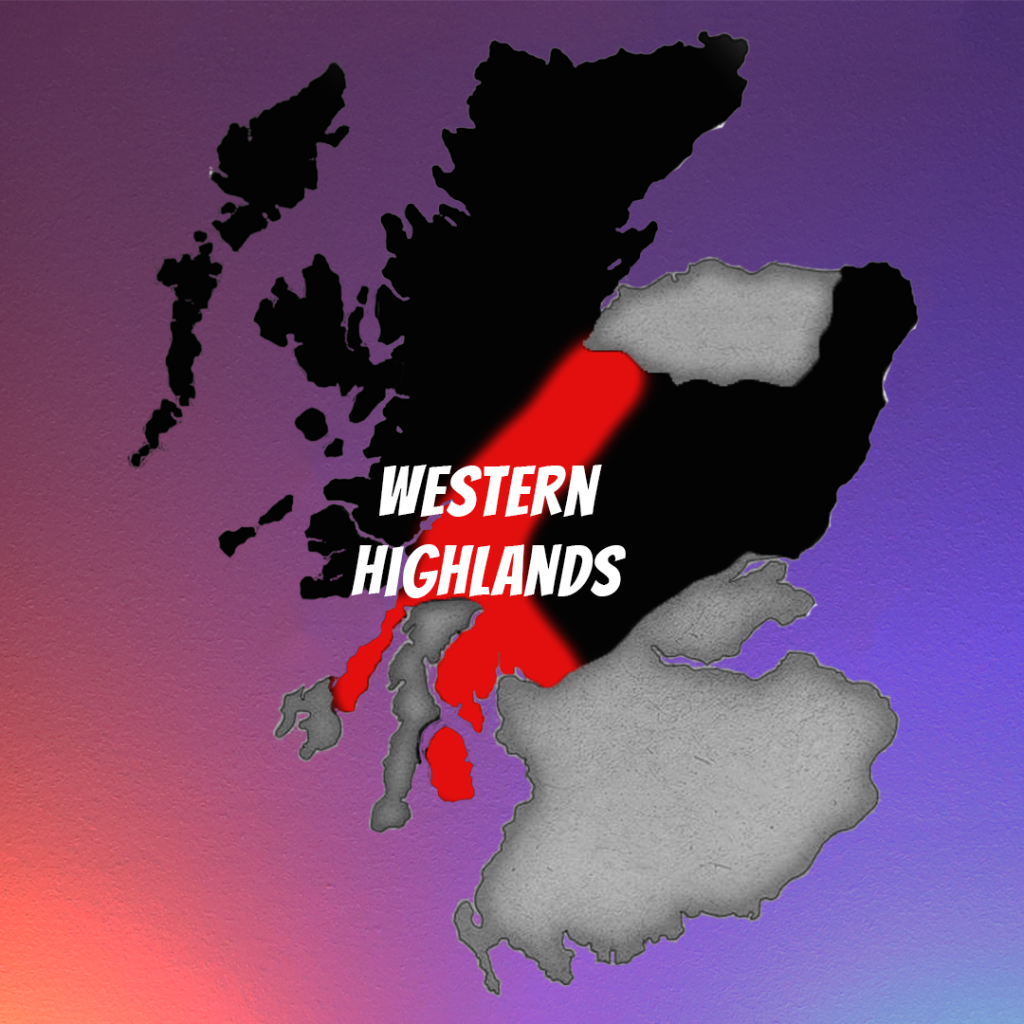
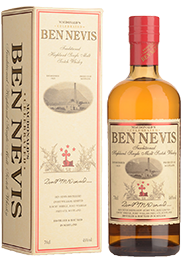
For a perfect example of this rugged style, try the McDonald’s Celebrated Traditional Ben Nevis, a lightly peated recreation of an 1880s recipe, aged primarily in sherry casks.
- Nose: Toffee, honey, candied banana, dry smoke, marzipan, almonds.
- Palate: Toffee, dry sherry, butterscotch, cinnamon.
- Finish: Buttery, nutty, peppery smoke with notes of vanilla and milk chocolate.
A Region of Infinite Variety
The Highlands are as diverse as the Scottish landscape itself. From the sherried richness of the east to the smoky power of the west, the light elegance of the central areas to the robust complexity of the north, there’s a Highland whisky for every palate.
And while the islands technically fall within the Highland designation, their whiskies are so distinctive that many consider them a separate, unofficial region—a topic we’ll explore in its own article.
Until then, whether you prefer honeyed softness, sherried depth, or peaty boldness, the Highlands offer an incredible variety of flavours to discover.
